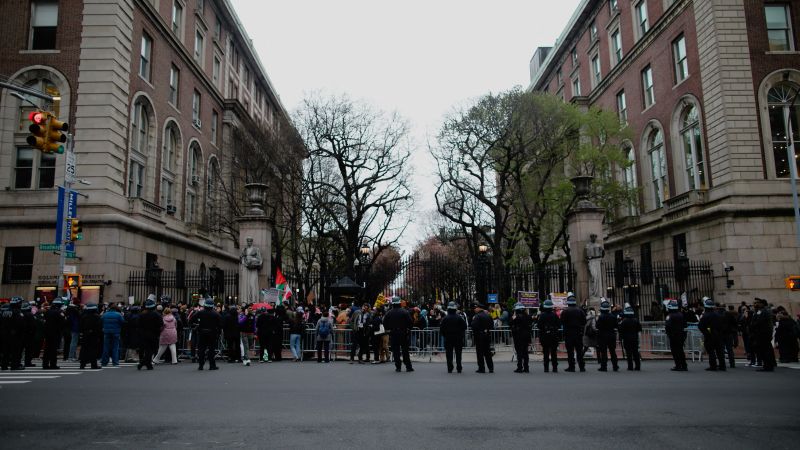University presidents are compared to CEOs, with responsibilities that include day-to-day administration, interacting with donors, and managing internal conflicts. However, the recent actions of Columbia University’s leadership in forcibly removing pro-Palestinian protesters has raised concerns about their public relations strategy. Typically, universities use tactics such as delaying and distracting when managing protests to prevent violence. However, Columbia’s decision to involve the NYPD in breaking up the protest deviated from the usual playbook, resulting in widespread condemnation.
The aggressive intervention by police at Columbia University led to a wave of solidarity protests on campuses across the country. When non-violent protesters are met with physical suppression, it often fuels more outrage and encourages further protests. The abrupt and unreasonable nature of the response at Columbia prompted students at other universities to stage their own encampments. The inability of university communications teams to effectively handle these situations has only exacerbated the issue.
There is growing concern that administrators are changing rules on the fly without proper communication, leaving faculty and students in the dark. This lack of transparency and consistency in decision-making has caused confusion and frustration among those involved in the protests. The pressure is mounting on Columbia’s president, Minouche Shafik, to navigate this crisis and potentially avoid facing the same fate as other university leaders who have resigned amid controversy.
Some campuses, such as Brown University, have successfully managed potential disruptions without resorting to police intervention. By engaging with protesters and considering their demands, these universities have been able to reach peaceful resolutions. Other schools like Wesleyan and the University of Chicago have also utilized similar tactics to de-escalate tensions and prevent the need for law enforcement involvement. These universities have been able to avoid negative publicity and maintain a positive public image.
As commencement ceremonies approach, there is added pressure on Columbia University to address the ongoing protests before thousands of students, parents, and alumni arrive on campus. The handling of the situation will impact the university’s reputation and ultimately the future of its leadership. In contrast, universities that have successfully resolved protests through dialogue and cooperation have been able to avoid negative attention. From a public relations standpoint, it is crucial for universities to prioritize peaceful resolutions and maintain open communication with all stakeholders involved in protests.


